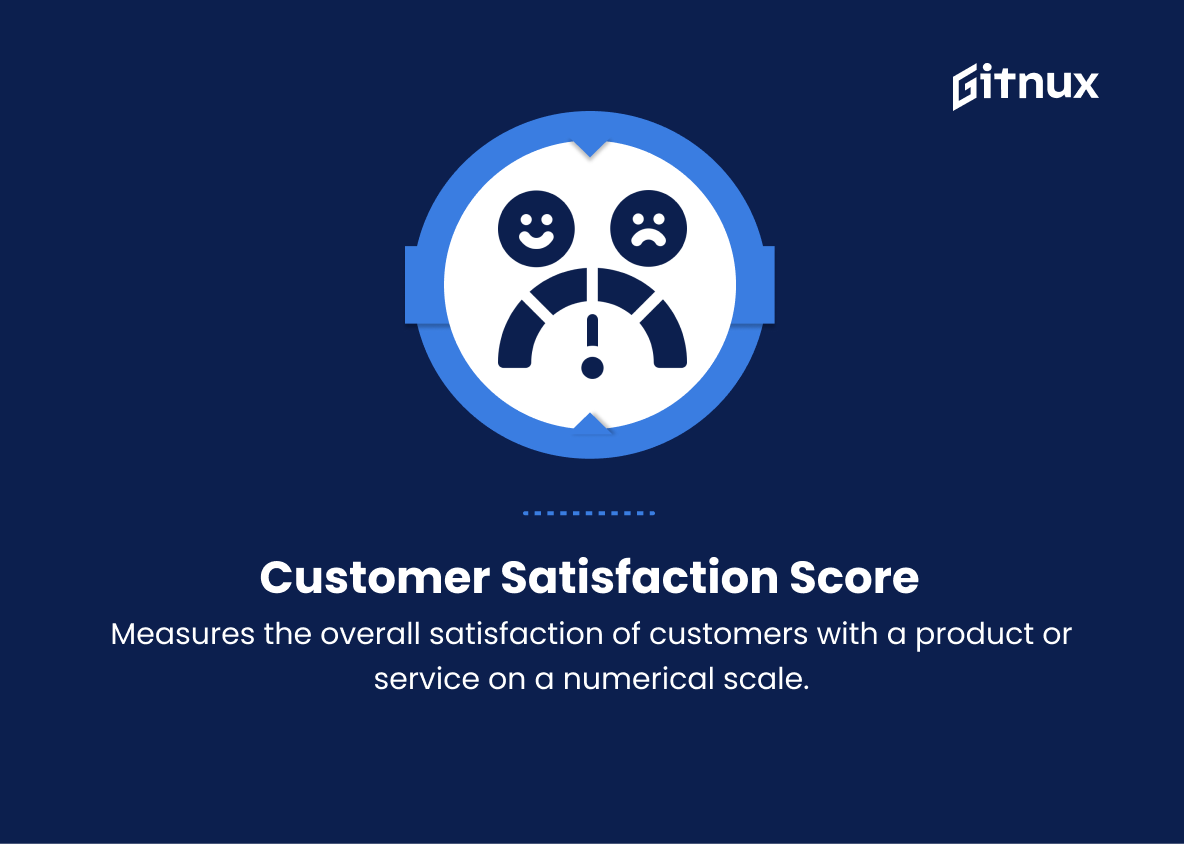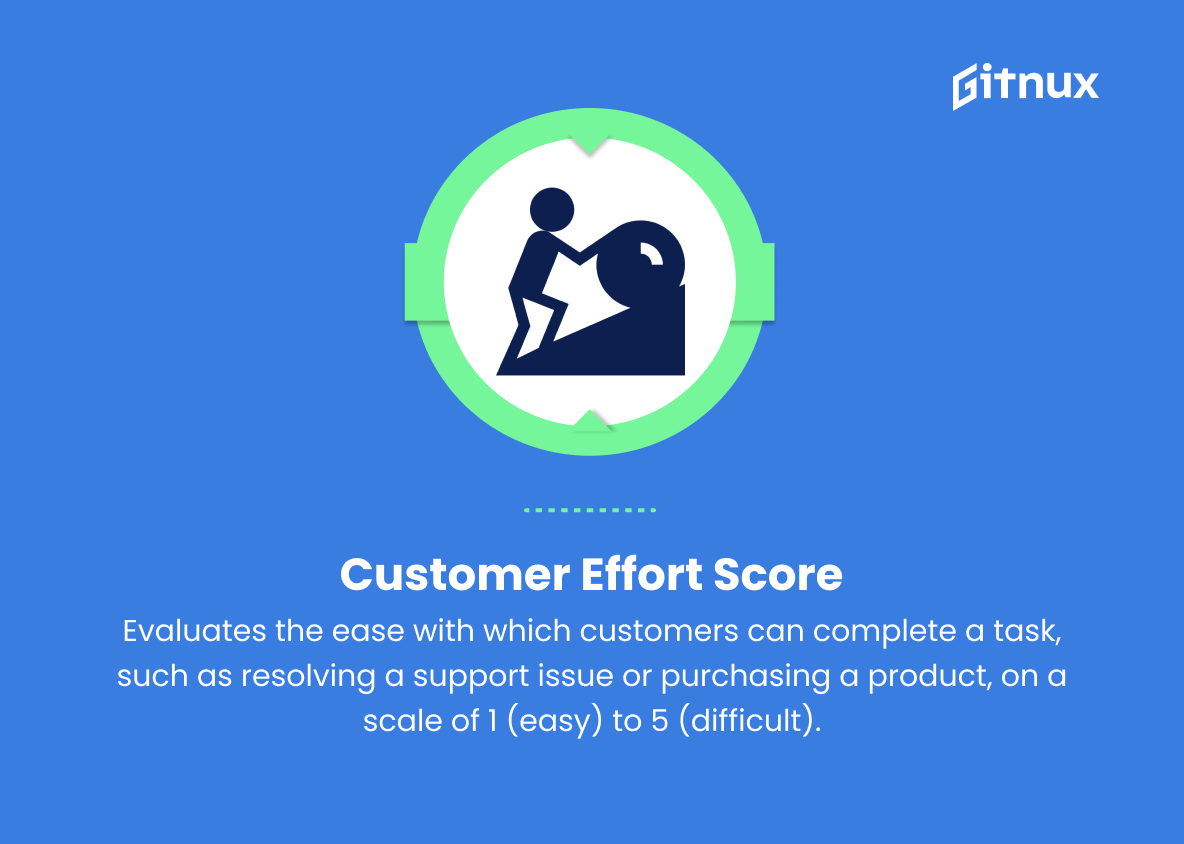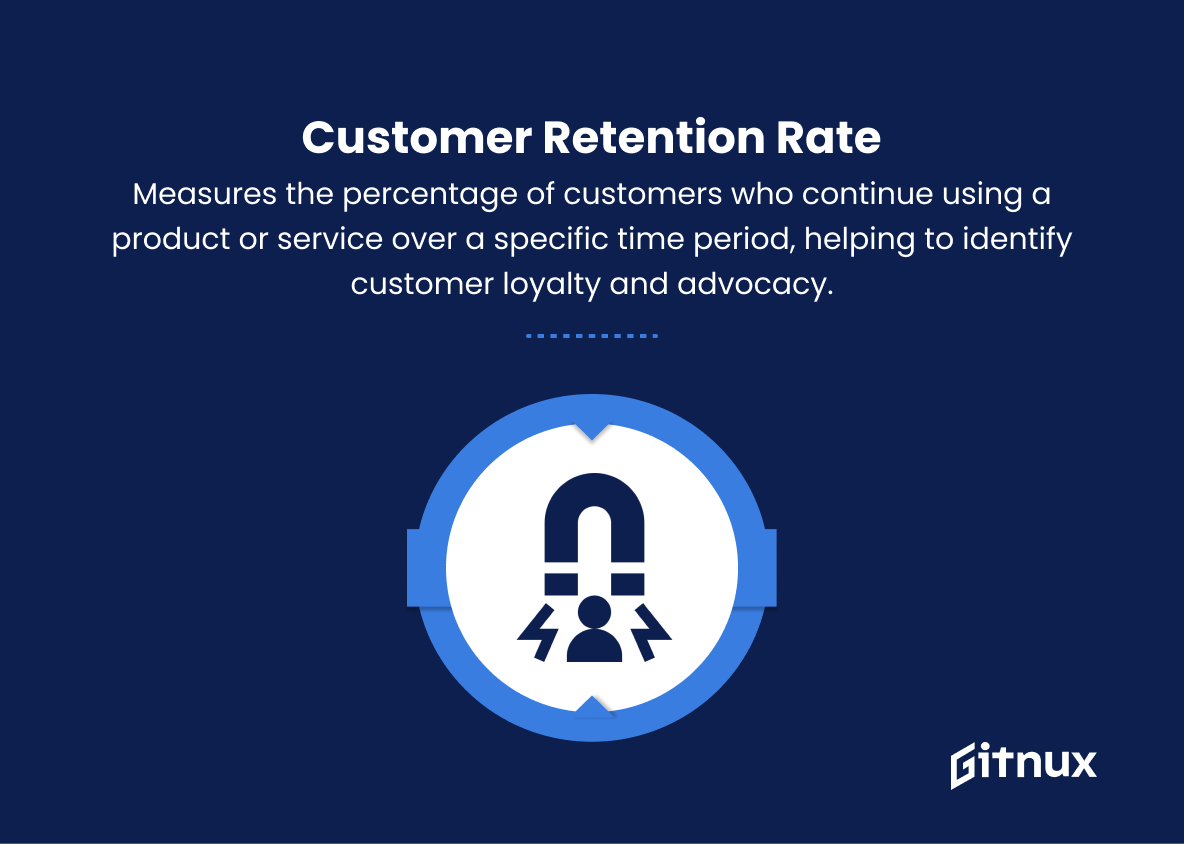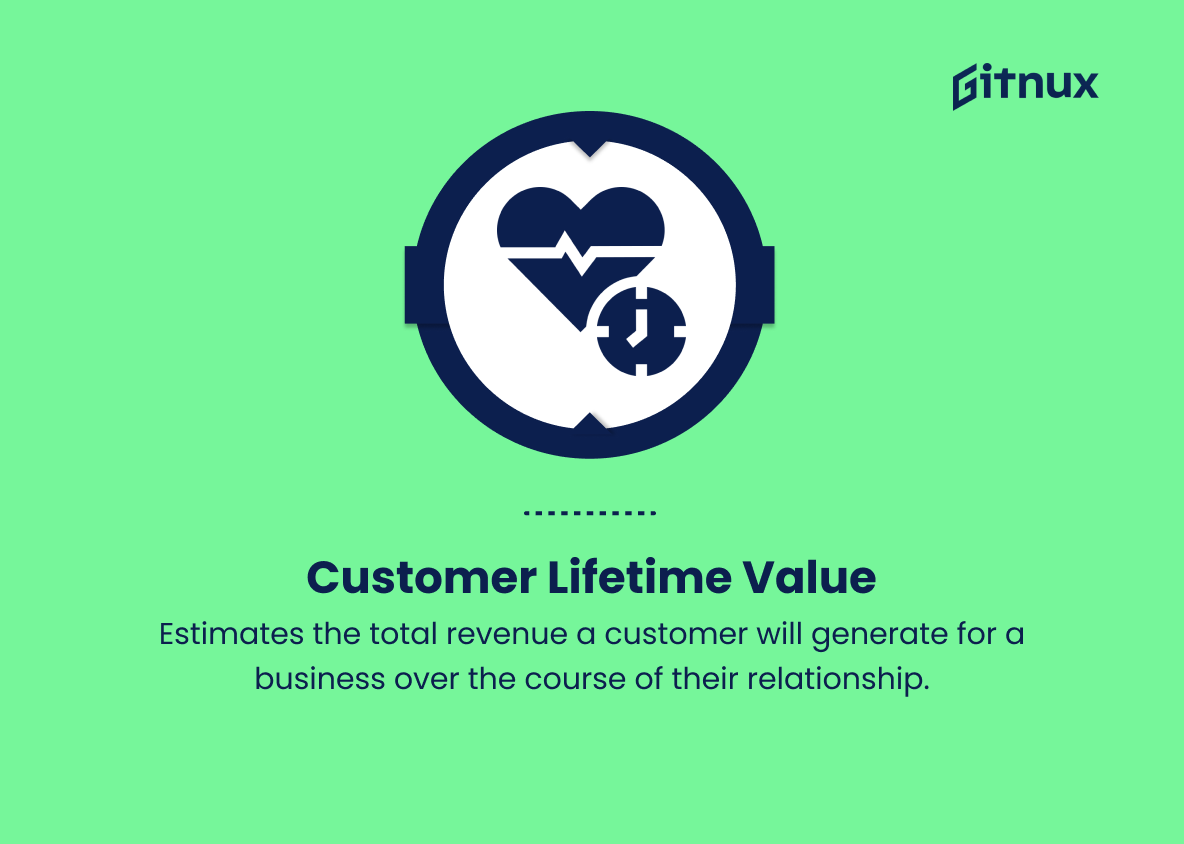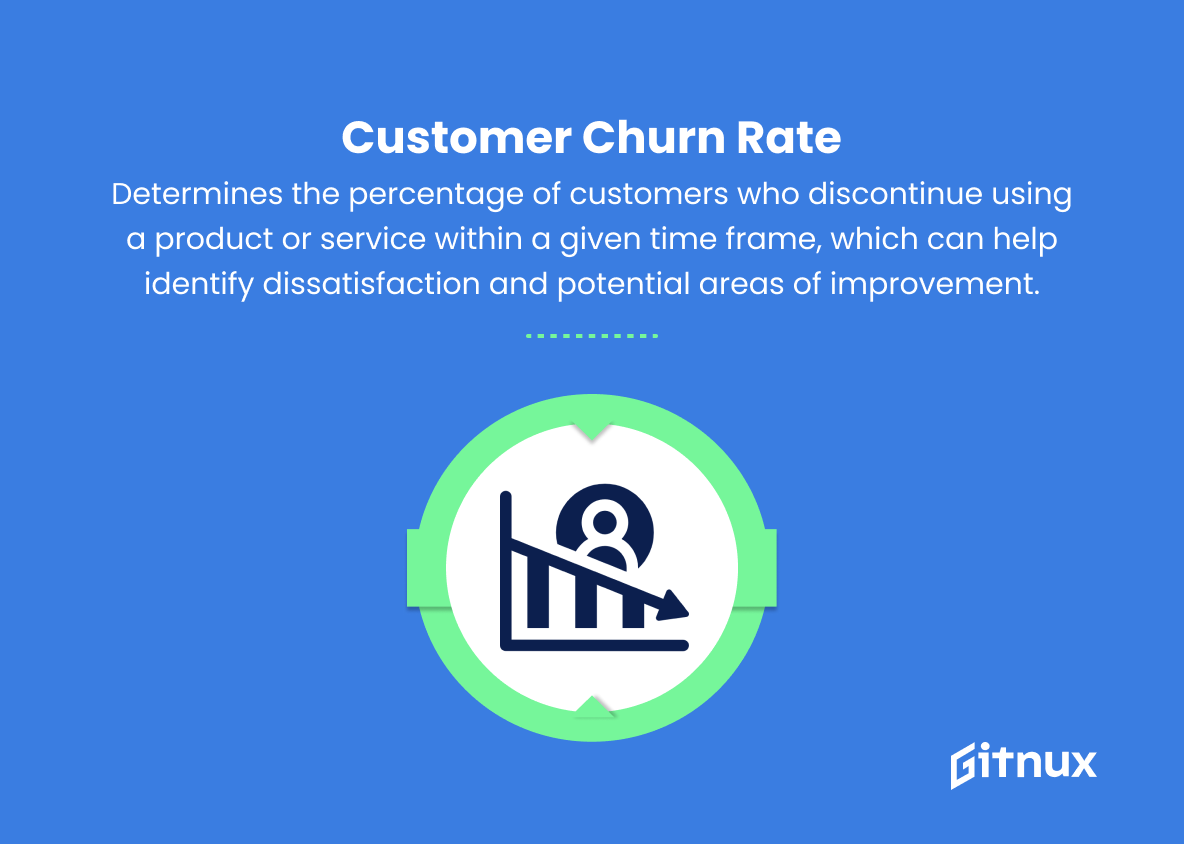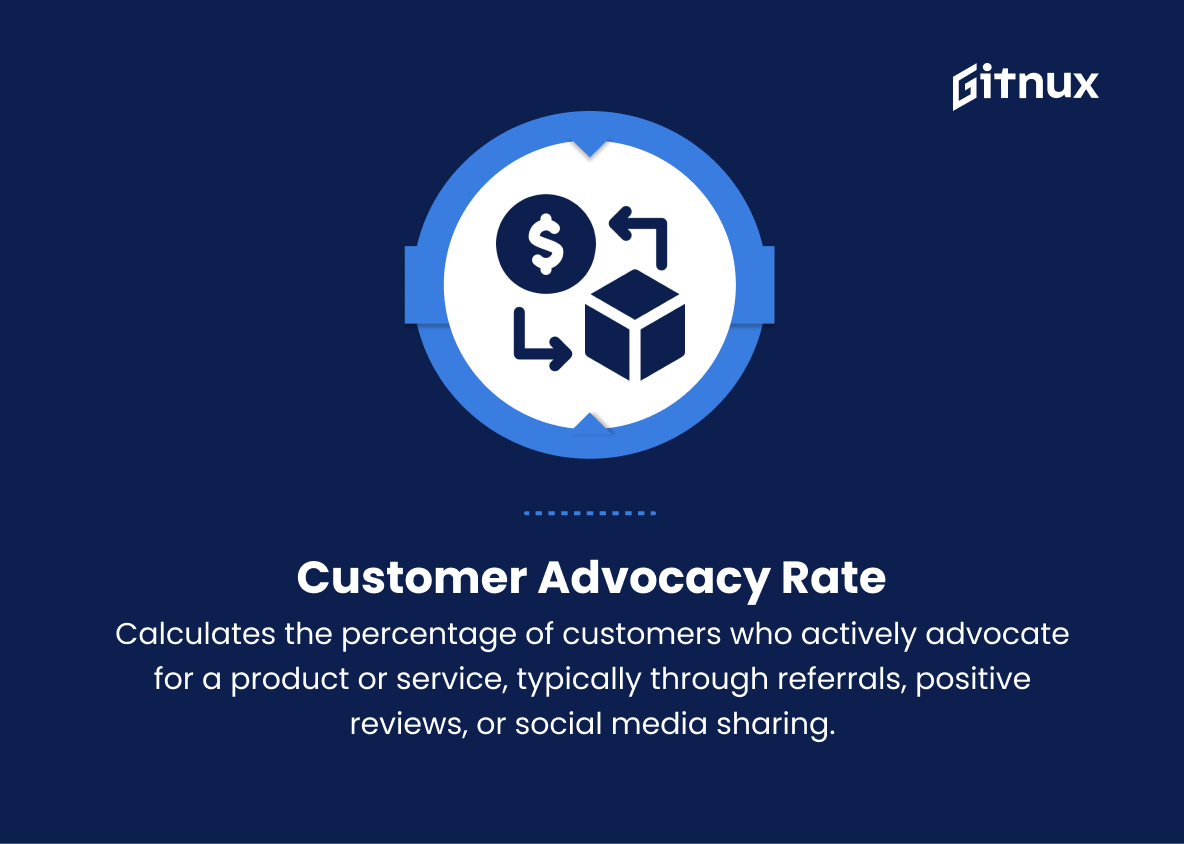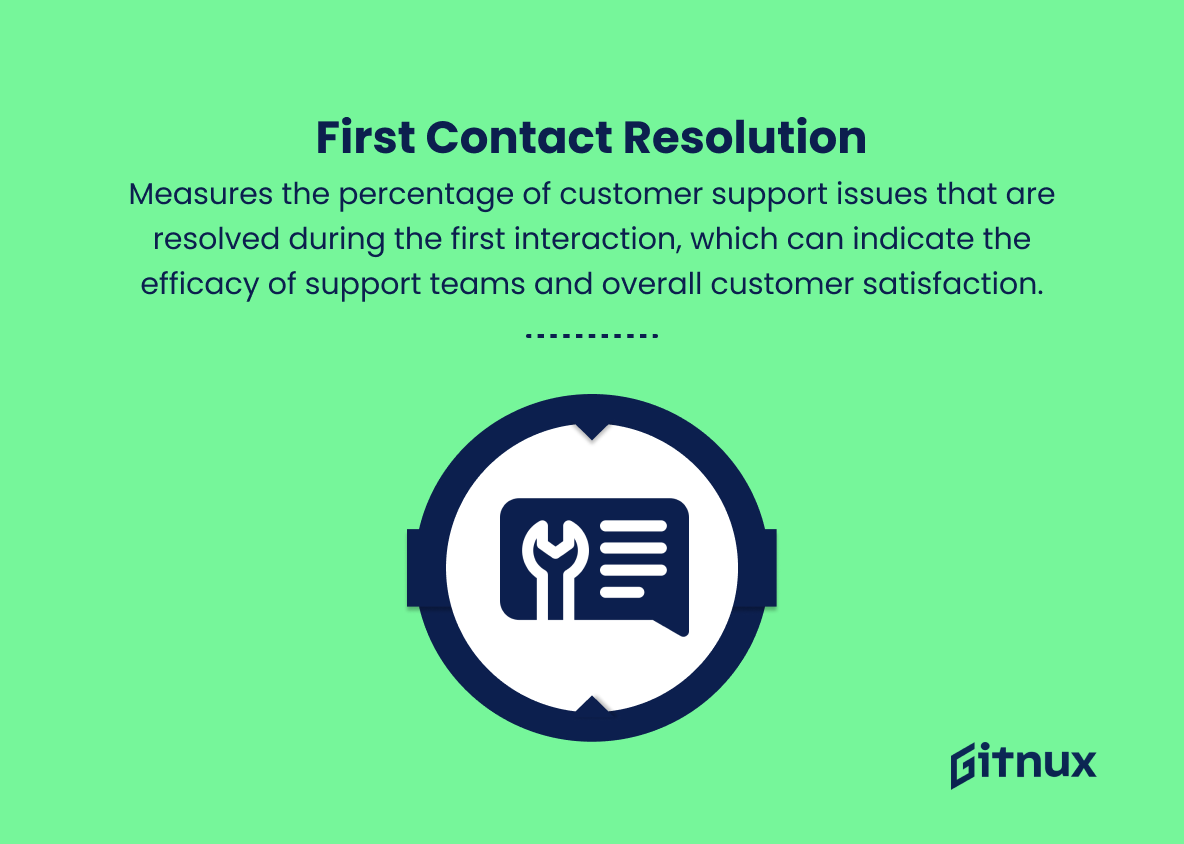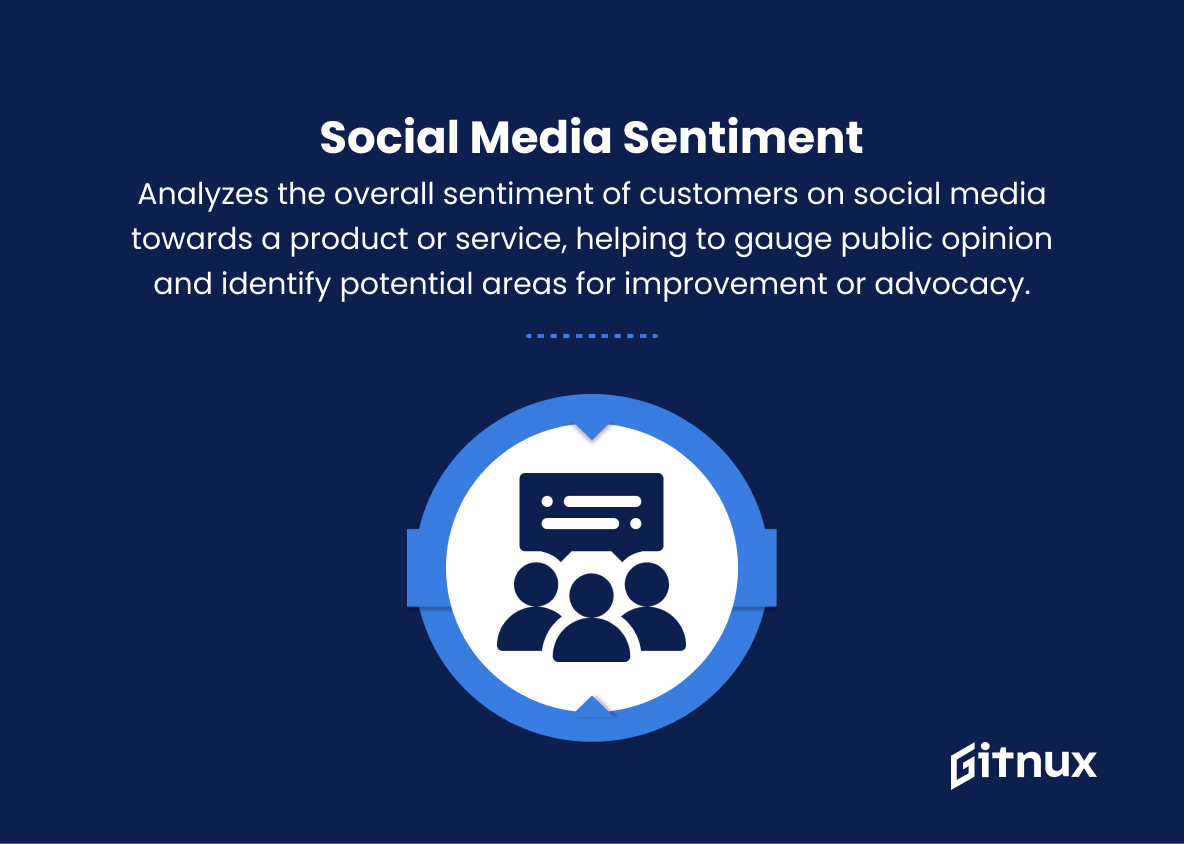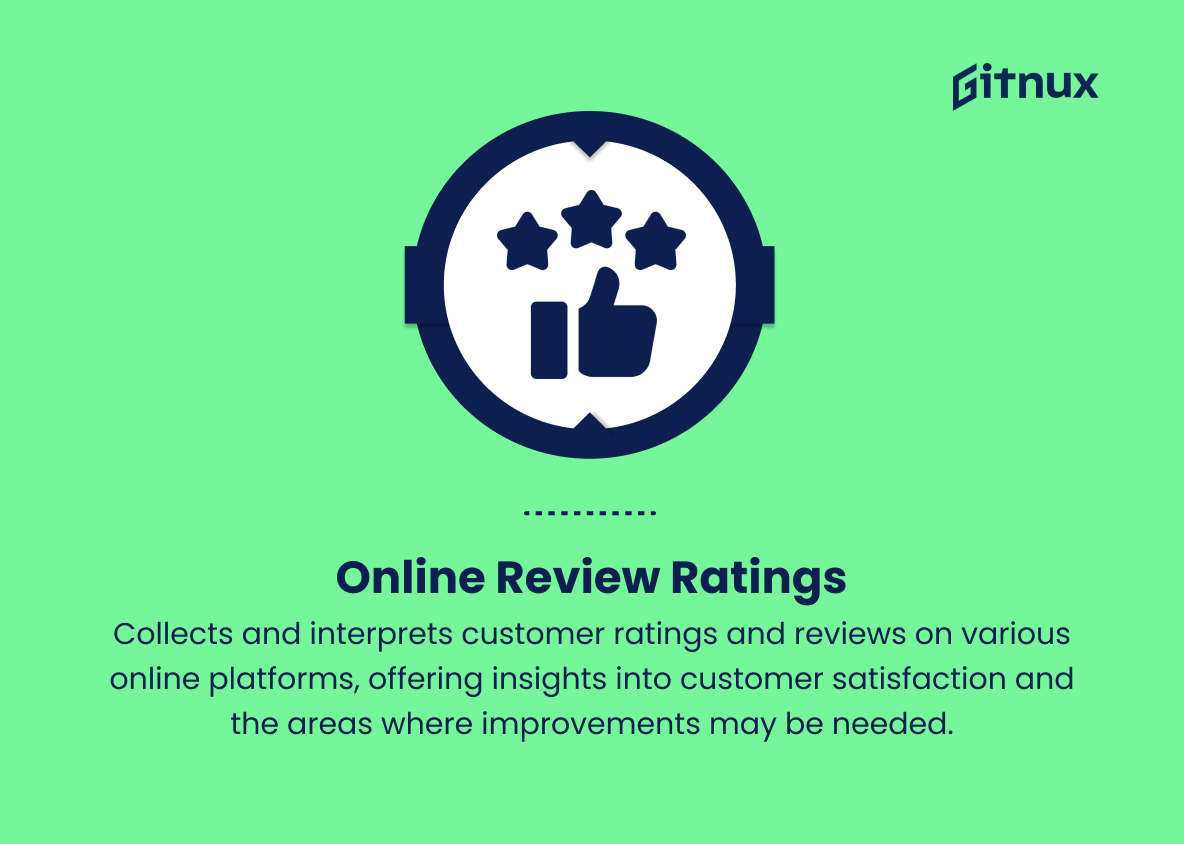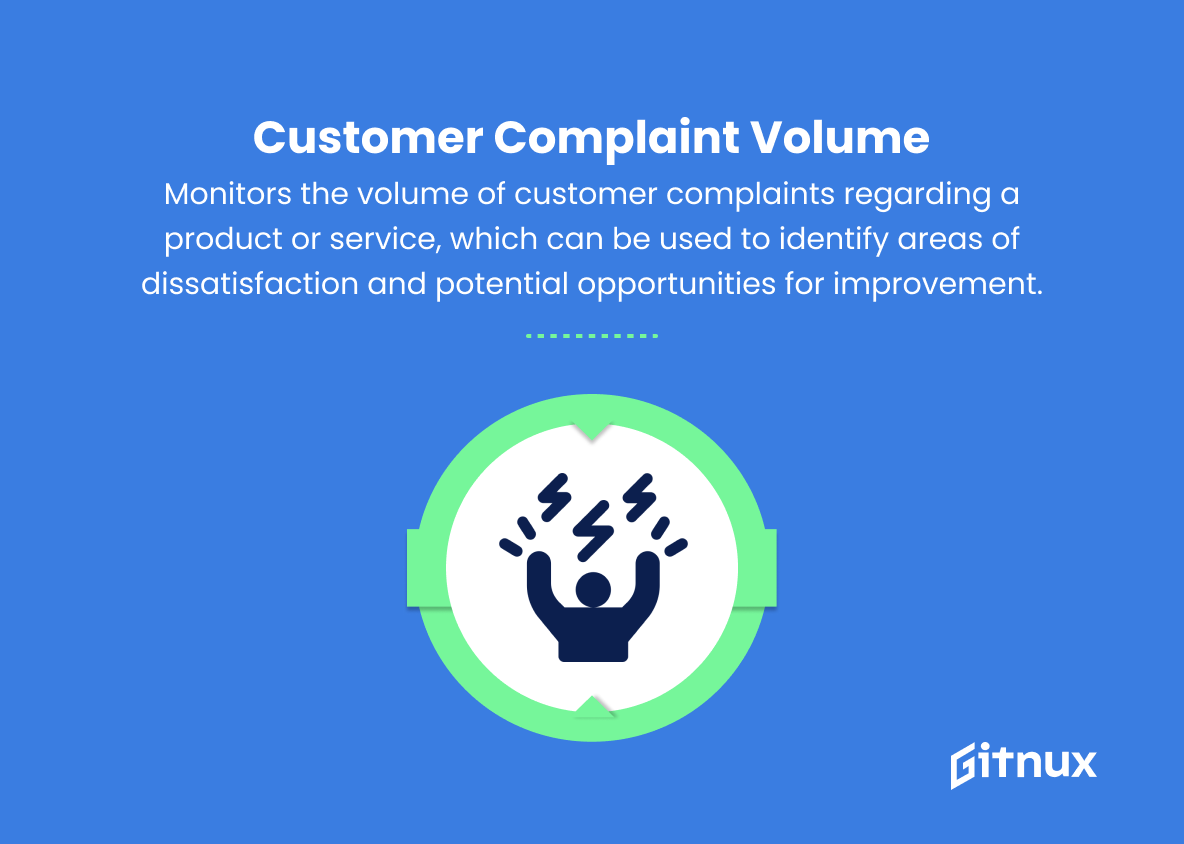In today’s competitive business landscape, customer advocacy has emerged as a critical aspect of achieving sustainable growth and long-term success. As organizations strive to create lasting customer relationships, it is crucial for them to measure and track the effectiveness of their customer advocacy efforts. That’s where Key Performance Indicators (KPIs) come into the picture. These quantifiable metrics serve as essential tools for gauging the performance and impact of customer advocacy initiatives, as well as providing valuable insights for informed decision-making and optimization.
In this thorough blog post, we will delve into the world of customer advocacy KPIs, exploring their significance and discussing some of the most vital and actionable metrics to incorporate into your strategy. By gaining a deeper understanding of these KPIs, you’ll be better equipped to foster customer satisfaction, loyalty, and advocacy, ultimately driving your business toward greater heights.
Customer Advocacy KPIs You Should Know
1. Customer Satisfaction (CSAT) Score
Measures the overall satisfaction of customers with a product or service on a numerical scale, typically ranging from 1 (extremely dissatisfied) to 5 (extremely satisfied).
2. Net Promoter Score (NPS)
Determines the likelihood of customers recommending a product or service to others. It categorizes customers as promoters, passives, or detractors based on their rating on a scale of 0-10.
These quantifiable metrics serve as essential tools for gauging the performance and impact of customer advocacy initiatives, as well as providing valuable insights for informed decision-making and optimization.3. Customer Effort Score (CES)
Evaluates the ease with which customers can complete a task, such as resolving a support issue or purchasing a product, on a scale of 1 (easy) to 5 (difficult).
4. Customer Retention Rate
Measures the percentage of customers who continue using a product or service over a specific time period, helping to identify customer loyalty and advocacy.
5. Customer Lifetime Value (CLV)
Estimates the total revenue a customer will generate for a business over the course of their relationship.
6. Customer Churn Rate
Determines the percentage of customers who discontinue using a product or service within a given time frame, which can help identify dissatisfaction and potential areas of improvement.
By focusing on KPIs such as Net Promoter Score companies can better align their strategies with customer needs and expectations.7. Customer Advocacy Rate
Calculates the percentage of customers who actively advocate for a product or service, typically through referrals, positive reviews, or social media sharing.
8. First Contact Resolution (FCR)
Measures the percentage of customer support issues that are resolved during the first interaction, which can indicate the efficacy of support teams and overall customer satisfaction.
9. Average Resolution Time
Tracks the average time it takes a support team to resolve customer issues, providing insights into the efficiency of customer support processes.
10. Social Media Sentiment
Analyzes the overall sentiment of customers on social media towards a product or service, helping to gauge public opinion and identify potential areas for improvement or advocacy.
11. Online Review Ratings
Collects and interprets customer ratings and reviews on various online platforms, offering insights into customer satisfaction and the areas where improvements may be needed.
12. Customer Complaint Volume
Monitors the volume of customer complaints regarding a product or service, which can be used to identify areas of dissatisfaction and potential opportunities for improvement.
Customer Advocacy KPIs Explained
Customer Advocacy KPIs play a significant role in evaluating the success of a business in maintaining long-term customer relationships and driving growth. The Customer Satisfaction (CSAT) Score helps gauge the overall satisfaction of customers with a product or service, while the Net Promoter Score (NPS) determines how likely they are to recommend it to others. The Customer Effort Score (CES) assesses the convenience and ease experienced by customers, contributing to their loyalty.
Customer Retention Rate, Customer Lifetime Value (CLV), and Customer Churn Rate provide insights into customer loyalty and potential areas of improvement. Customer Advocacy Rate helps identify and capitalize on customer-generated growth opportunities. First Contact Resolution (FCR) and Average Resolution Time indicate the effectiveness and efficiency of customer support teams. Meanwhile, Social Media Sentiment, Online Review Ratings, and Customer Complaint Volume allow businesses to address public opinions and identify potential areas for improvement, ensuring continuous development and fostering strong relationships with their customers.
Conclusion
In summary, understanding and tracking Customer Advocacy KPIs is essential for businesses to measure the effectiveness of their advocacy efforts and to foster long-lasting relationships with their customers. By focusing on KPIs such as Net Promoter Score, referral rates, customer reviews, testimonials, case studies, social media engagement, and customer satisfaction, companies can better align their strategies with customer needs and expectations.
When businesses successfully invest in advocacy programs, not only will they improve their brand’s reputation and credibility, but they will also drive customer loyalty, and ultimately, overall business growth. Just remember, crafting a steadfast customer advocacy program takes time, consistency, and an unwavering commitment to creating memorable customer experiences.
